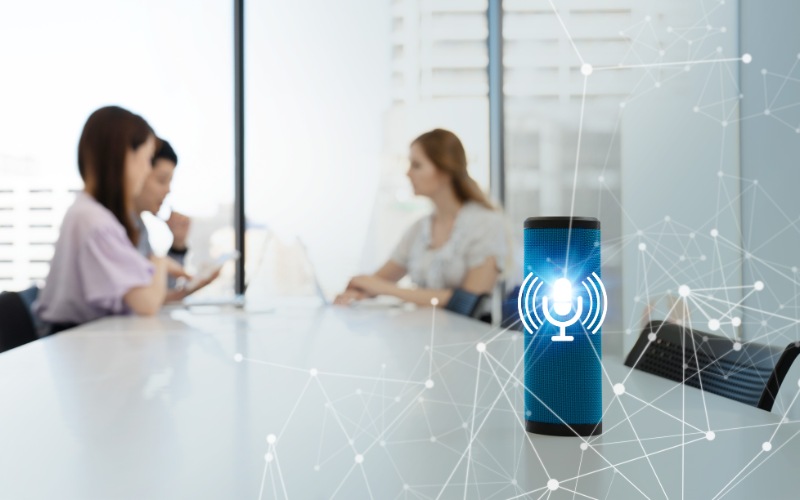Introduction:
The rapid advancements in artificial intelligence (AI) and natural language processing (NLP) have sparked a debate regarding the potential of AI technologies to replace human translators. With the rise of sophisticated language models like ChatGPT, developed by OpenAI, the translation industry has witnessed significant transformations. In this article, we will explore the capabilities of AI and ChatGPT, discuss their potential impact on the translation industry, and examine the future prospects of AI in the field of translation.
The Power of AI and ChatGPT:
AI, powered by deep learning algorithms, has made remarkable strides in the domain of language translation. Traditional machine translation systems often relied on rule-based approaches, which limited their ability to handle nuanced language and context. However, AI and NLP technologies, such as ChatGPT, utilize large-scale neural networks and pre-training on vast amounts of text to generate more accurate and contextually relevant translations.
Benefits of AI and ChatGPT in Translation:
1. Efficiency: AI-powered translation systems offer unmatched speed and efficiency. They can process and translate vast amounts of text in a fraction of the time it would take a human translator.
2. Cost-effectiveness: Automated translation through AI eliminates the need for human translators, resulting in reduced costs for individuals and businesses seeking translation services.
3. Consistency: Unlike human translators, AI systems do not experience fatigue or inconsistencies in their work. They maintain consistent quality throughout the translation process.
4. Accessibility: AI-powered translation tools can provide instant translations in various languages, making information accessible to individuals who may not have access to human translators.
The Limitations of AI in Translation:
While AI and ChatGPT have made significant progress, they still face certain limitations:
1. Contextual understanding: AI models may struggle to fully grasp the nuances, idioms, cultural references, or specific domain knowledge required for accurate translations in certain contexts.
2. Complex translations: Translating specialized or technical texts often requires expert knowledge in the subject matter. AI may struggle with such complexity, leading to potential inaccuracies.
3. Cultural sensitivity: Translating language is not just about words; it involves capturing cultural subtleties and adapting the translation accordingly. AI models may lack the cultural understanding necessary to deliver nuanced translations.
The Future of AI and ChatGPT in the Translation Industry:
While AI and ChatGPT show great promise in translation, it is unlikely that they will completely replace human translators in the foreseeable future. The translation industry heavily relies on human expertise to deliver high-quality translations that go beyond mere linguistic accuracy.
Instead, the future lies in the collaboration between AI technologies and human translators. AI can augment human translators by automating repetitive and routine translation tasks, enabling them to focus on higher-value work, such as editing, quality assurance, and more specialized translations.
Furthermore, AI can be utilized as a powerful tool for translators, providing them with real-time suggestions, terminology databases, and improved productivity. This collaboration between humans and AI has the potential to revolutionize the translation industry, enhancing both speed and quality.
Conclusion:
While AI and ChatGPT have significantly impacted the translation industry, their potential to completely replace human translators remains limited. The complex nature of language and the need for cultural understanding and specialized knowledge pose challenges that AI has yet to fully overcome.
However, the collaboration between AI and human translators holds great promise. By leveraging AI technologies, translators can enhance their productivity and efficiency while maintaining the critical role of human expertise in producing accurate and culturally sensitive translations. The future of AI in the translation industry lies in a symbiotic relationship where humans and AI work together to deliver superior translations, benefiting individuals, businesses, and global communication as a whole.





